So, you’ve had your road bike for a while, and you’re thinking about upgrading it. This can be much more affordable than buying a new bike, but still offers massive performance benefits.
But where’s the best place to put your money to yield the greatest improvement when looking at the best bike upgrades road racing has to offer?
Upgrading your bike is always the next step after you’ve been cycling for a while. Sometimes it’s necessary, maybe a part or two has broken, and you might as well upgrade if you’re buying a replacement component.
So, what are the best bang-for-your-buck upgrades on a road bike? And how are such improvements measured?
In this guide, we’ll give you a complete rundown of the best upgrades for your road bike. To get you up to speed, we’ll be covering:
Let’s dive in!
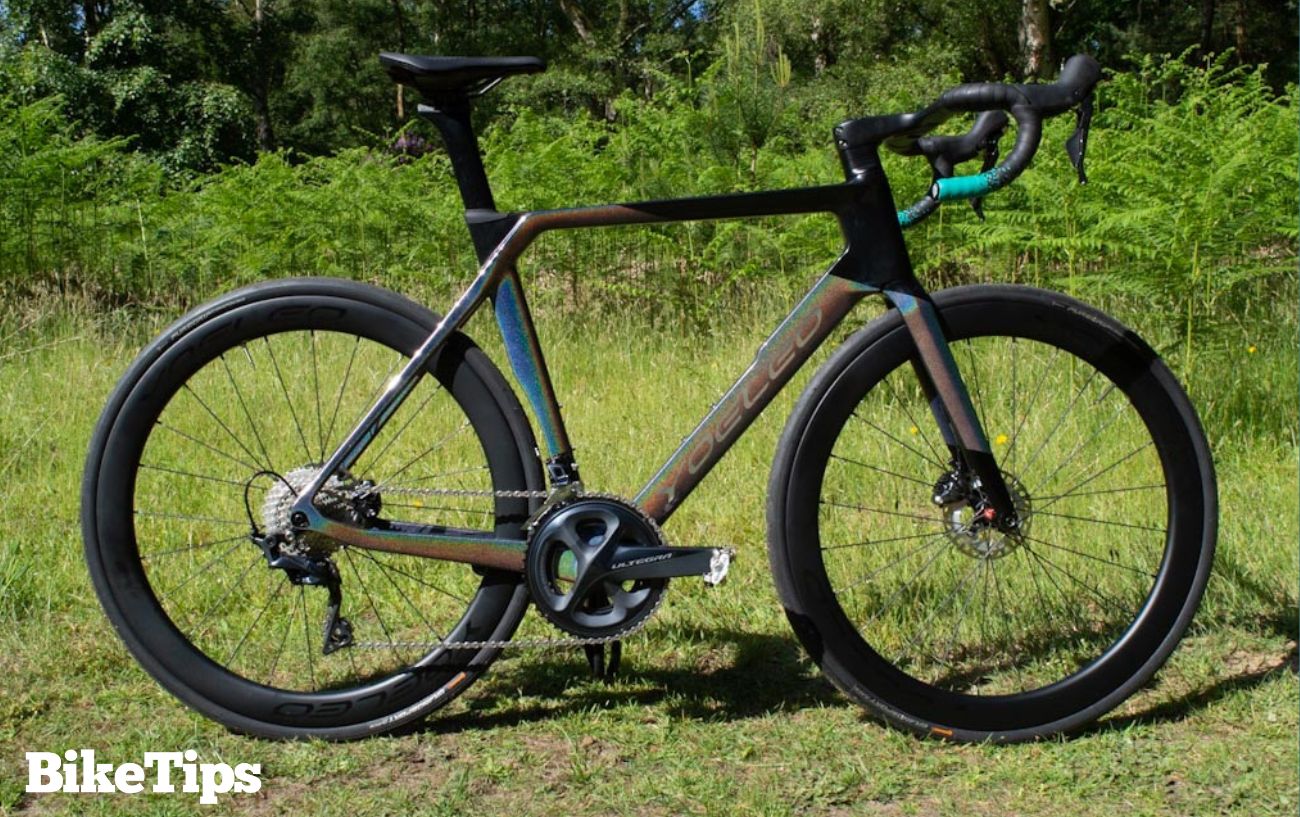
What Does “Upgrade” Mean For you?
This might sound like a bizarre question. Isn’t an upgrade just something that improves your bike?
Well, yes. But which part you should upgrade depends on what aspect of your cycling you wish to improve with your upgrade. This is usually different for different people.
For some, the number one consideration is efficiency. An upgrade, in this case, is just something that allows you to travel at the same speed as before by exerting less power. This is equivalent to cycling faster for the same power or further for the same energy use.
For others, the best upgrade is about how much you enjoy your ride. This could be something that improves your comfort, makes your navigation easier, or perhaps makes everything run more smoothly, like shifting, for example.
These, of course, aren’t distinct groups. Someone might want to make an upgrade that improves both of these aspects of their cycling. And that’s certainly possible too! Although some upgrades are applicable to both categories, this isn’t the case for all of them.
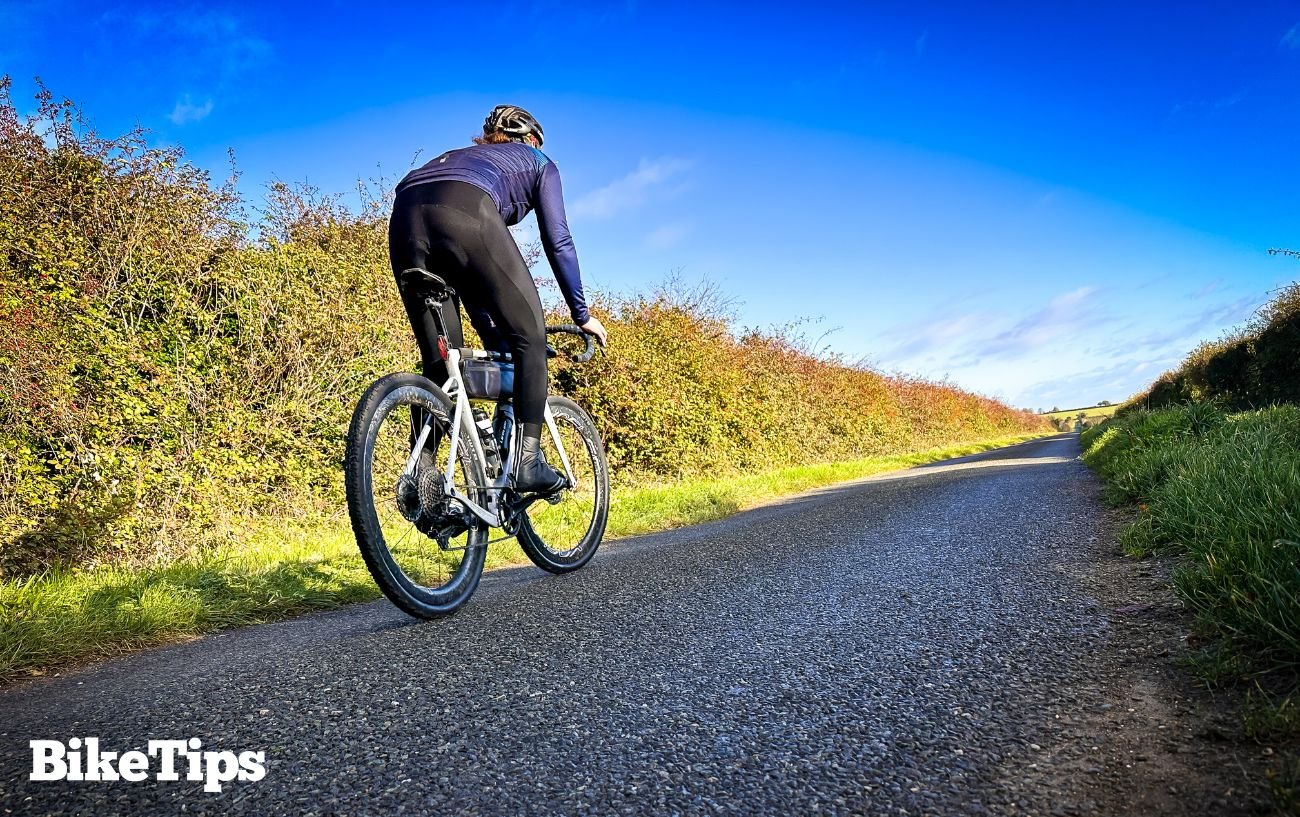
The 2 Best Road Bike Upgrades For Speed And Efficiency
This is probably the most common reason to upgrade your hardware. Who doesn’t want to see an instant improvement in their data on Strava for just a few bucks?
There are a few excellent bang-for-your-buck upgrades here.
One thing that may surprise you is that we haven’t included any groupset or drivetrain upgrades in this section.
However, although a new sparkly groupset will make your bike look great, run significantly smoother, and even save you a few grams, it’s unlikely to make a truly significant difference to your speed.
It’s also an area where you’re extremely likely to experience the common cycling phenomenon of “diminishing returns” in gear.
For example, the Campagnolo Super Record EPS groupset is amazing, but is it objectively three times better than the Shimano 105 Di2? Probably not, but it costs more than triple the price.
For an elite cyclist where a few extra seconds can be the difference between glory and heartbreak, this investment makes sense – but for most of us, that’s just not the case.
The same could be said for other expensive upgrades that will make a marginal difference to your efficiency at best, such as aero handlebars and minute weight savings on other components.
In that case, what upgrades will bring you the greatest improvement in efficiency at the lowest cost?
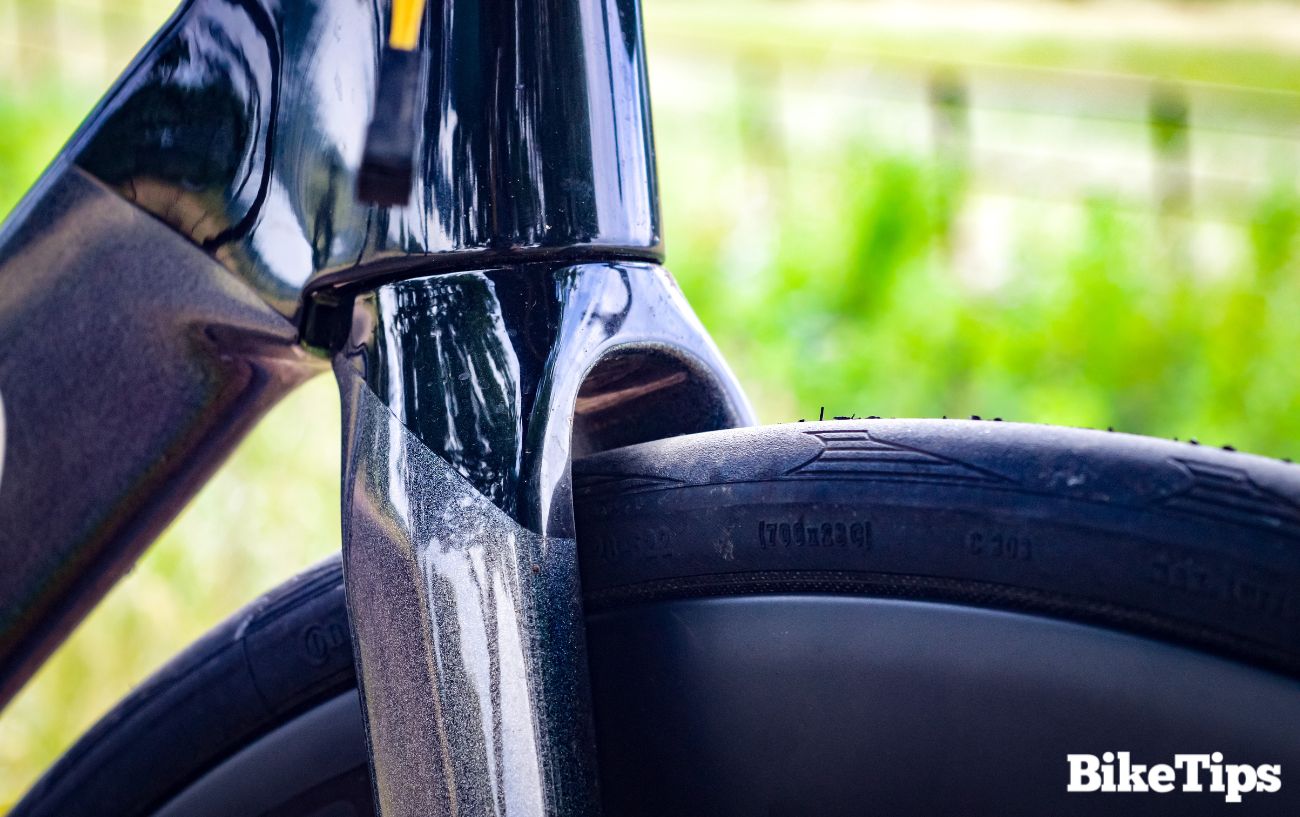
#1. Tires and Tubes
Surprisingly, some of the least costly parts of a bike can provide you with the greatest empirical improvement to your efficiency.
If you bought your bike complete, the tires are usually one of the most common areas that manufacturers skimp out on to save costs.
When buying a bike, it’s quite rightly unlikely you’re going to worry about the tires nearly as much as the frame or wheels or groupset, and they know that.
But in reality, upgrading from a set of entry-level road bike tires to some race-quality tires can save a huge amount of rolling resistance, thereby increasing your efficiency significantly. In fact, swapping from a budget to a premium tire can save as much as 45 watts!
That’s huge. Imagine just gaining 45 watts on your FTP overnight!
The only drawback to this upgrade is that tires are generally a consumable part that needs replacing more frequently, so you could argue that it’s not a “one-off” cost.
But there’s more. Don’t just stop at the tires – the inner tubes can also make a big difference. Standard butyl tubes create a lot of friction with the inner walls of the tire, increasing rolling resistance.
Swapping to latex tubes reduces this resistance considerably and can save you a further 10 watts. So, changing from entry-level tires with standard butyl tubes to premium tires and latex tubes can save you a whopping 55 watts!
This is at a (relatively) low cost, too. Premium tires might cost $40-50 per tire, and latex tubes $10-15 per tube.
You’re looking at a total cost of just $100-130 to save as much as 55 watts! That is incredible value.
Alternatively, you could also switch from clincher tires to a tubeless tire system. This allows you to run lower tire pressures, increasing comfort, while decreasing the frequency of punctures by eliminating pinch flats and using tyre sealant to close any gaps that open in the rubber.
Tubeless tires are already very commonplace on mountain bikes and gravel bikes, but are increasingly popular for road bikes too (much of the professional peloton now runs tubeless).
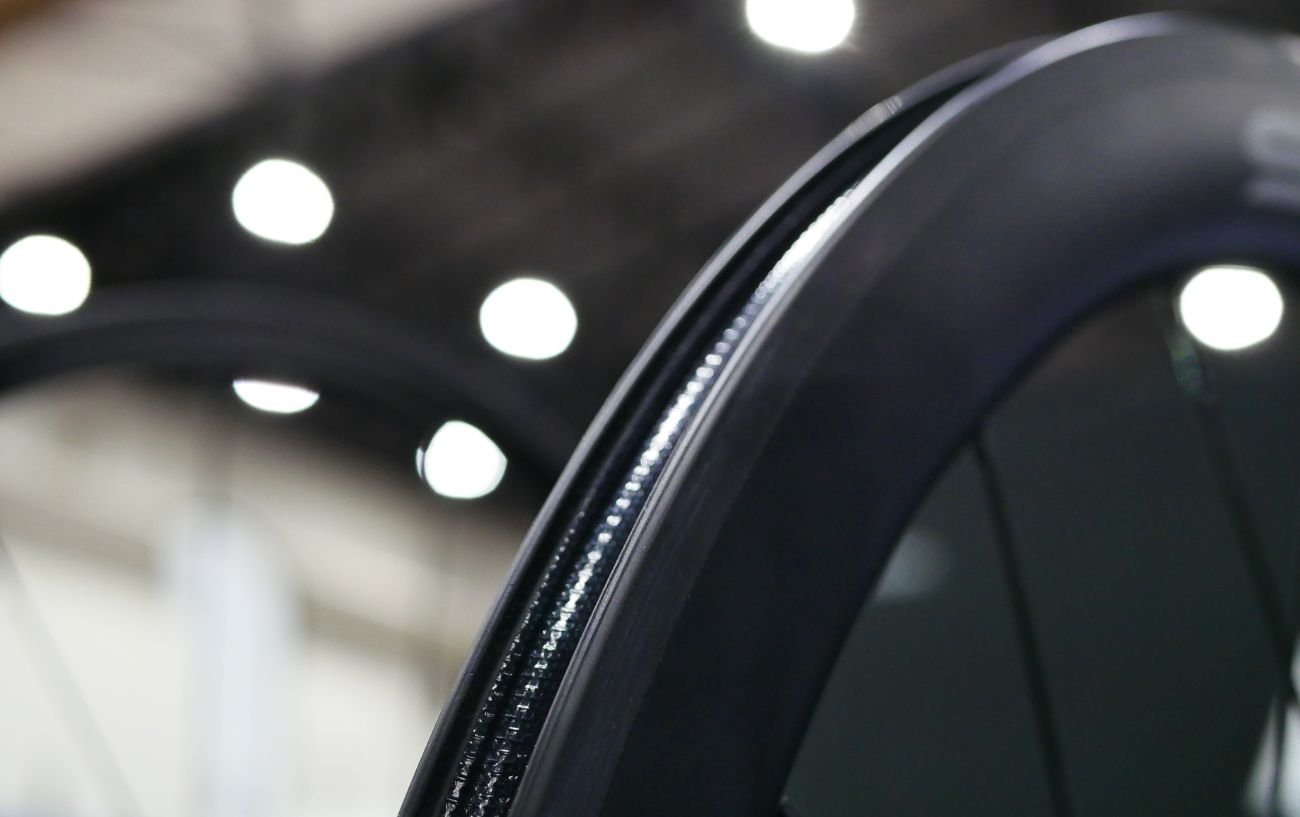
#2. Wheels
Wheels can give you huge efficiency boosts as well.
Using lighter, more aerodynamic, premium-quality wheels makes a massive difference to almost every resistive force that you’re going to experience on a bike.
More expensive wheels tend to have vastly superior bearings in the hubs. This makes a surprising amount of difference to the rolling resistance you might experience, once again increasing your overall efficiency, particularly when freewheeling.
In addition, lighter wheels, for example, carbon fiber, will save you a considerable amount of watts when you need to accelerate or go up hills. They will make your bike feel more nimble, and you will simply be faster when attempting a big climb.
Deep-section aero wheels will decrease the drag force experienced as you ride along. Aerodynamics makes a huge difference to your efficiency, and drag is the biggest resistive force, even at just 10 km/h.
Aero wheels will save you a few watts here, particularly on the flat and downhills. However, deeper section wheels generally have a small weight penalty, so if you’re more of a climber, it’s probably best to go for some lighter ones.
Although a high-quality set of wheels aren’t exactly cheap, with a premium set of carbon wheels usually costing $800+, they do last a long time, especially if you use disc brakes.
The efficiency you’ll gain by upgrading your wheels is applicable across the board, no matter your riding style.
And with diminishing returns, bear in mind that there will be a far greater difference between a $100 wheelset and a $500 wheelset than there would be between a $500 wheelset and a $1000 wheelset.
So if you’re looking for the best bike upgrades road racing has to offer and you’re still running the beginner wheels that came with your bike, this can be a fantastic area to invest in even if you’re only upgrading to intermediate-level wheels.
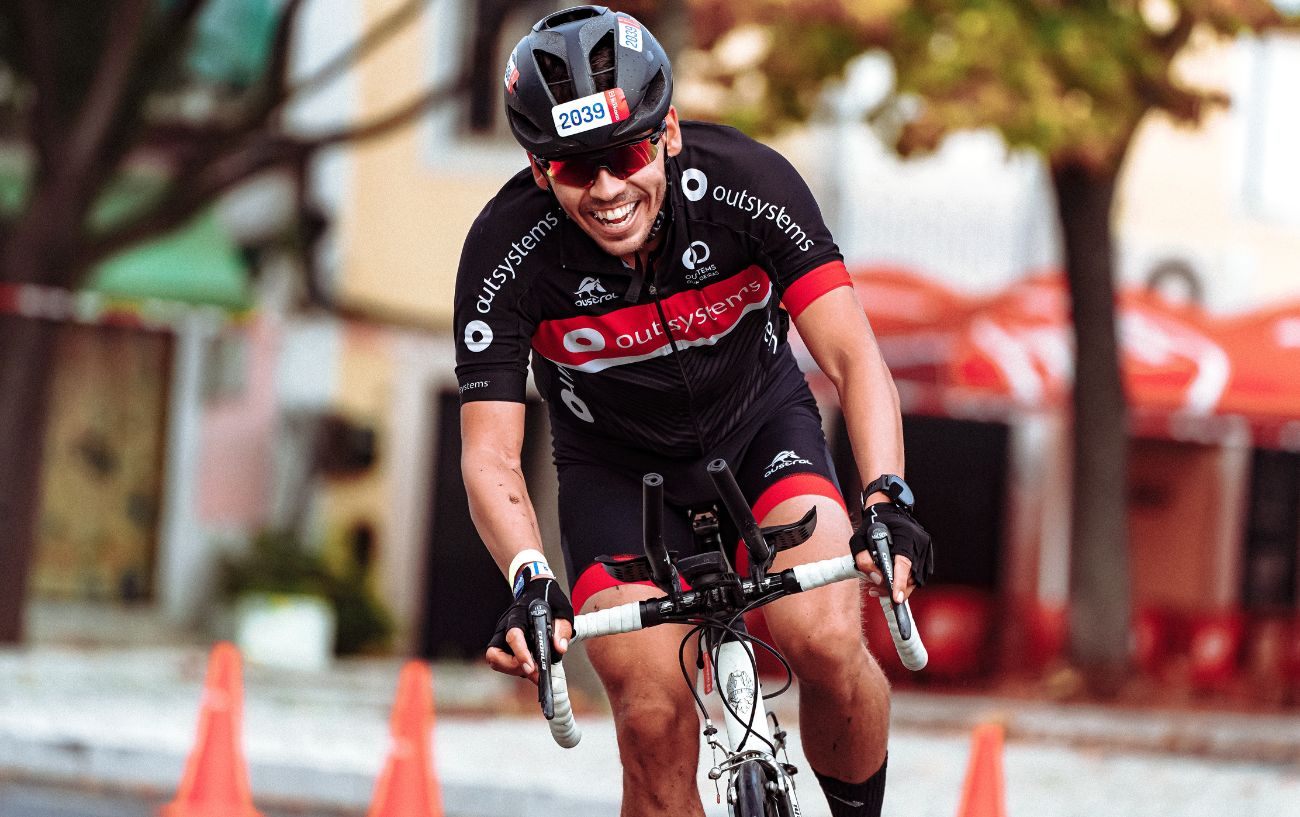
The 3 Best Bike Upgrades Road Cyclists Should Consider For Ride Enjoyment
Ultimately, this will be the most important factor for almost any amateur cyclist. However, for many, greater enjoyment entails speed and efficiency, in which case, refer to the above section.
We’d also like to give clipless pedals an honorable mention – although we won’t go into detail as we’re working on the assumption that most dedicated cyclists are already likely to be running them.
A bike fit is also highly recommended for cyclists struggling with discomfort while riding, although these can be fairly expensive for riders looking to upgrade on a budget.
However, for those who would prioritize comfort or, for example, ease of navigation, there are still some great bang-for-your-buck upgrades that can help you out here.
#1. Saddle
Your saddle is likely to be one of the biggest factors in your comfort whilst on the bike, but saddle choice is incredibly personal, and different saddles feel comfortable for different riders.
This means that you may need to make a fair investment in order to find the right one for you. It’s worth it!
Try out a few different saddles, stick with the best ones, and sell the rest. You might lose a bit on the ones you sell, but that’s part of the cost of the upgrade.
And while we’re on the subject, a brief note on the other main contact point with your bike besides the pedals, which is your handlebars. If you’re getting blisters or discomfort on your hands, consider replacing your bar tape. It’s a very cheap upgrade but can make a world of difference!
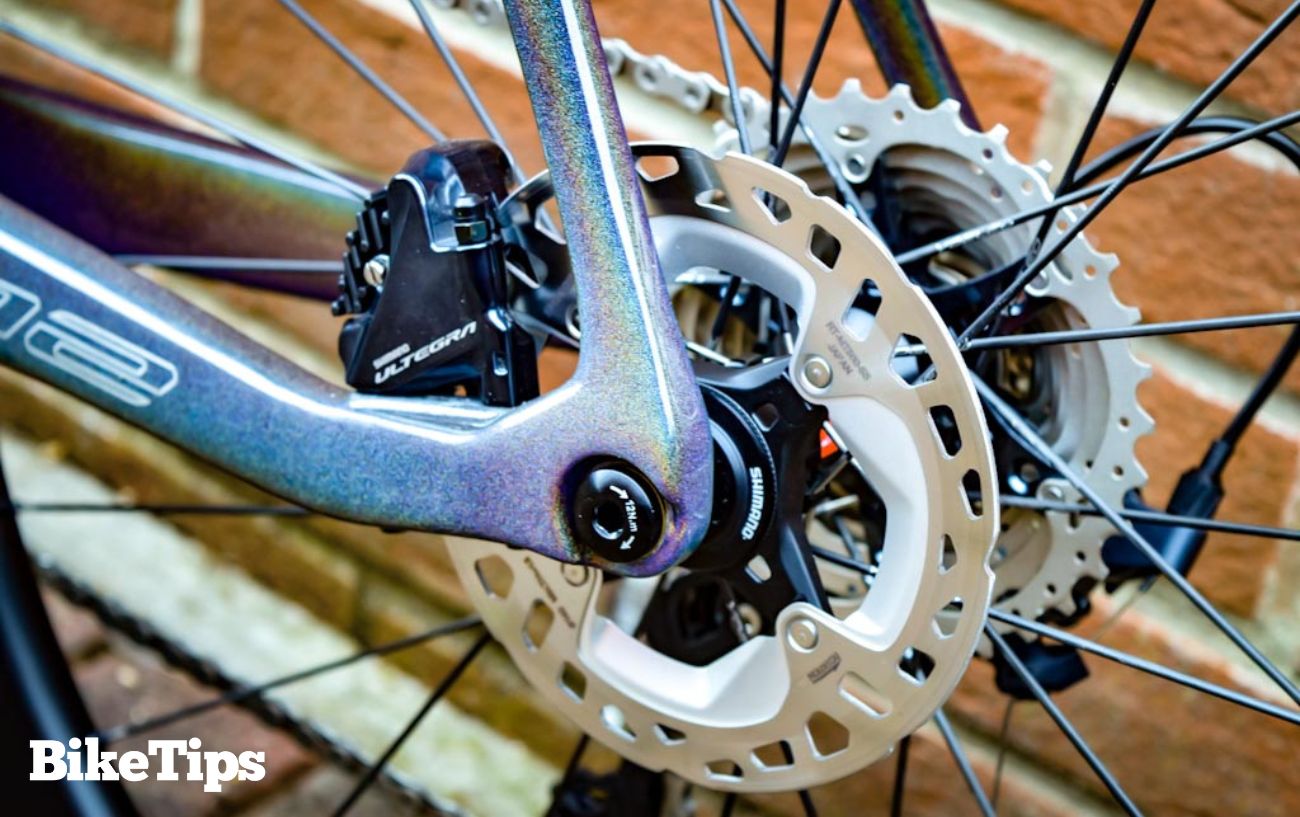
#2. Hydraulic Disc Brakes
The brakes are one of the most important parts of your bike. They save your life in emergencies, allow you to traverse rough terrain and corner efficiently, and slow down when moving too fast.
Having good-quality, efficient brakes can greatly enhance your enjoyment while riding, and realistically, they don’t cost that much, either. The ease of mind of having powerful brakes that you know you can rely on is a fantastic feeling.
This upgrade, however, is only excellent bang for your buck for those switching from mechanical to hydraulic disc brakes. The difference in braking power, modulation, and reliability is massive.
They’re not that expensive to upgrade either, provided you already have a disc brake-compatible frame, wheels, and rotors on your bike. Upgrading the calipers and shifters and getting some hoses and hydraulic fluid will cost you around $200-400, depending on the model.
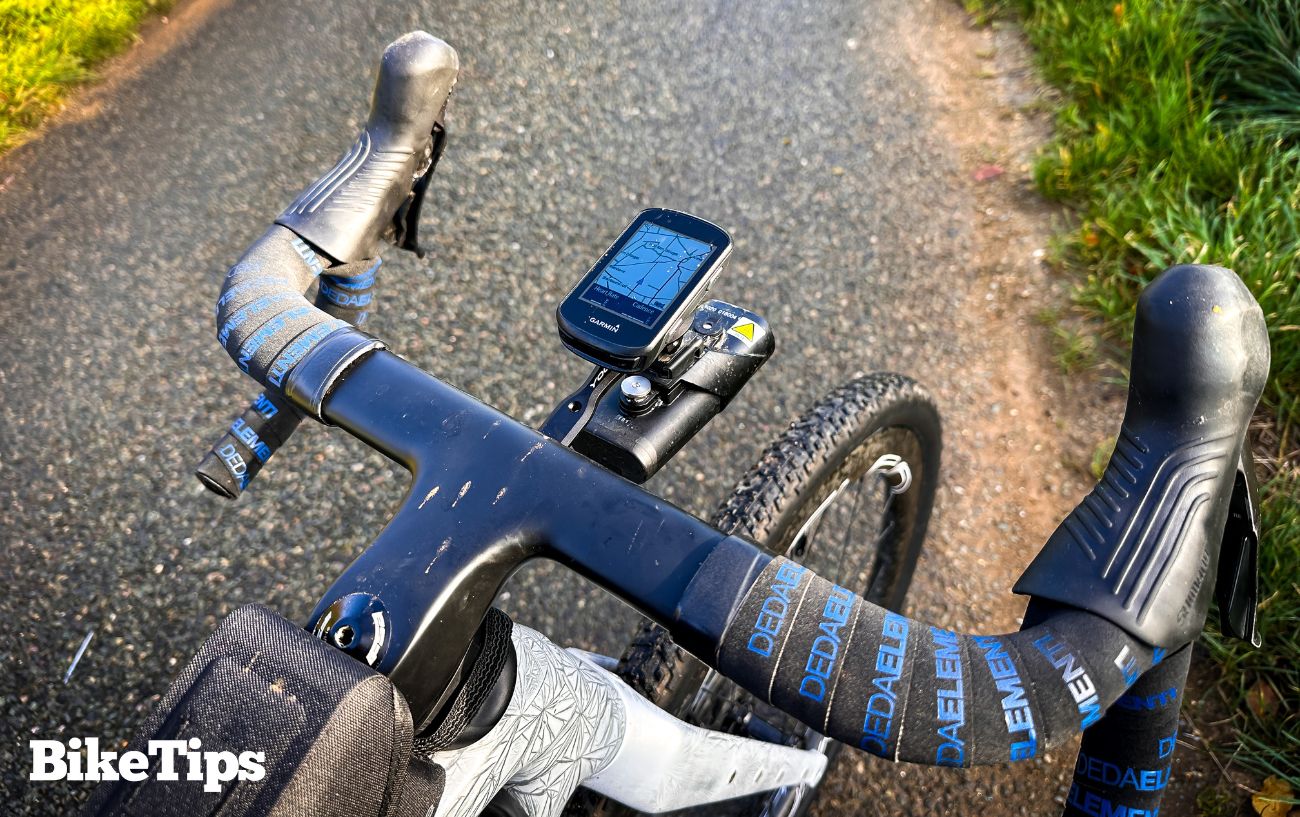
#3. Head Unit
Now, this really isn’t an upgrade to your actual bike itself. Rather, it’s an upgrade directly to your experience while on the bike.
There’s nothing worse than having to repeatedly dismount and check directions or getting lost because your phone is dead.
A head unit offers precise navigation in a convenient location, as well as very good battery life. But it’s also more than that – for some people, the numbers and data available to them are a huge part of their enjoyment of cycling.
The ability to see these metrics in real-time as you ride can offer a huge upgrade in enjoyment for some people.
This can be of great value, too. A new head unit sets you back between $150-500, depending on how fancy the one you want is, but realistically, one with all the above features shouldn’t cost more than $250.
To fully take advantage of the capabilities of your head unit, you can also pair it with sensors such as power meters and cadence sensors – though power meters especially can be very expensive, so it may be worth saving that for a further upgrade down the line.



